Our Low FODMAP Blackberry Peach Chutney is super easy to make and is a perfect accompaniment to pork or poultry, in particular. Low FODMAP amounts of blackberries, peaches, brown sugar, scallion greens, apple cider vinegar and allspice make a sweet, sour and tangy chunky condiment that even non-cooks can prepare. Keeps well, too. We also like this chutney offered on a cheese board; try some with brie! Or schmeared on a grilled-cheese sandwich!
What Is Chutney?
Chutneys are condiments originating on the Indian subcontinent. They can be thick and jam-like, such as a mango chutney, or those featuring tomato, raisins or onion, or dry and crumbly like those based on peanuts. The former, and ones that are more sauce-like, such as a cilantro or mint chutney, are more common.
They are often both sweet and sour (often containing sugar as well as vinegar), sometimes spicy, and typically served as an accompaniment to savory food.
The most famous prepared example is Major Grey’s Chutney, which originated in the 19th-century, and contains mangoes in addition to spices, onion and tamarind.
Monash University has lab tested “chutney” and state in their smartphone app that it is low FODMAP in 1 Australian (25 g) tablespoon amounts. BUT, and this is a huge BUT, when we asked Monash what kind of chutney they had tested and asked specifically whether it was based on mangoes or tomatoes, onions or another main ingredient, they responded that they did not have record of what they tested.
This is disappointing, of course, so we have to make our own!
Blackberries & FODMAPs
Blackberries have been lab tested by both Monash University and FODMAP Friendly. The Monash lab results state that 1 small berry at 4g is Green Light low FODMAP. FODMAP Friendly has lab tested blackberries and gives them a “Pass” at 1 cup (150 g).
These results show a large discrepancy.
If you have both apps, and we think EVERYONE following this diet should, then you will note that sometimes there are differences, but they are usually more similar to one another than in this case. This case is an outlier.
We chose to go with the FODMAP Friendly lab tested findings for blackberries for this recipe. As always, eat to your tolerance. For a more in-depth conversation on blackberries, you can read more here.
For additional educational background please read our articles, What Is A Low FODMAP Serving Size? and also Ask The Right Question: Is It Low FODMAP vs. Can I Tolerate This?
Peaches & FODMAPs
We have written extensively on the various kinds of peaches that have been lab tested by both Monash University and FODMAP Friendly in our article, Explore An Ingredient: Peaches, which we suggest you read for general peach edification!
We use yellow peaches for this Low FODMAP Blackberry Peach Chutney because Monash has lab tested them and declared them low FODMAP in 30 g amounts – the largest amount of any lab tested peaches.
This is what 30 g looks like. Each of those juicy wedges below is a 30 g low FODMAP serving. That is a plenty to add peach flavor, color and texture to our chutney.
You will be starting with a total of 3 peaches, but you want to end up with 240 g of chopped peaches. The recipe serves 16. The final chutney ends up with a low FODMAP amount of peaches within each serving.
What Is Allspice?
Allspice is not a conglomeration of spices, as some folks think. It is also known as Jamaica pepper and in fact is a dried, unripe berry from the evergreen pimento tree. While it is native to South America and the West Indies, most allspice is supplied from Jamaica. The dried fruit looks like a pea-size (or smaller) black peppercorns and can be purchased whole or ground. Our recipe calls for ground. The name references its scent and it tastes like a combination of cinnamon, nutmeg and ginger.
The addition of allspice adds a depth of flavor to our chutney. Don’t leave it out!
Ingredients For Low FODMAP Blackberry Peach Chutney
For your peaches, they should be fragrant and “just” ripe, but not soft.
How To Make Low FODMAP Blackberry Peach Chutney
This recipe is so simple!
Many chutneys include a fair amount of onions. We are going to use scallion greens.
You begin by sautéing the scallion greens in a small amount of vegetable oil.
Then you add the peaches and blackberries.
Mash the berries a little bit; a potato masher makes quick work of this step.
Cook for a couple of minutes until they become juicy.
The brown sugar, vinegar and allspice are added next. Notice how the chutney is still very peachy colored at this point.
Then the chutney is simmered until thickened. It is also turning darker in color from the blackberries.
You will know that it is done when it is thick enough that you can see the pan when you draw a wooden spoon across the bottom of the pan.
Lemon juice is added as soon as you turn off the heat.
You could serve it warm, but it is best at room temperature. I will continue to thicken up, too.
Other Condiments
We have an article just for you condiment lovers: The Ultimate Guide To Low FODMAP Condiments. Also check out these recipes:
Here it is served with our Low FODMAP Porchetta Pork Roast.
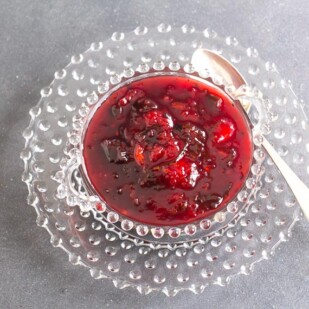
Low FODMAP Blackberry Peach Chutney
Our Low FODMAP Blackberry Peach Chutney is super easy to make and is a perfect accompaniment to pork or poultry, in particular. Low FODMAP amounts of blackberries, peaches, brown sugar, scallion greens, apple cider vinegar and allspice make a sweet, sour and tangy chunky condiment that even non-cooks can prepare. Keeps well, too. We also like this chutney offered on a cheese board; try some with brie! Or schmeared on a grilled-cheese sandwich!
Low FODMAP Serving Size Info: Makes about 2 cups (320 g); 16 servings; 2 tablespoons (40 g) per serving
Ingredients:
- 1 tablespoon vegetable oil
- 2 cups (128 g) chopped scallions, green parts only
- 240 g chopped yellow peaches, peeled, stones discarded; buy 3 peaches to be safe
- 3/4 cup (113 g) blackberries
- ¾ cup (160 g) firmly packed light brown sugar
- ⅓ cup (75 ml) apple cider vinegar
- ¼ teaspoon allspice
- Kosher salt
- Freshly ground black pepper
- 2 tablespoons lemon juice
Preparation:
-
Heat the oil in a large skillet over low-medium heat. Add scallion greens and sauté for a few minutes or until softened, but do not brown ( a couple brown spots are okay). Add the peaches and blackberries. Use a potato masher to crush the blackberries a bit. Sauté for about 2 minutes over medium heat until the fruit exude juice and soften a bit. Stir in brown sugar, vinegar and allspice. Season with salt and pepper. Adjust heat and simmer uncovered, stirring often, until it thickens a bit, about 15 to 20 minutes. Just keep cooking until you can see the pan for a few moments as you draw a spoon along the bottom. The chutney will thicken tremendously upon cooling. Remove from heat and stir in the lemon juice. Taste and adjust seasoning as needed. Cool.
-
Chutney is ready to serve slightly warm or at room temperature. May be refrigerated in an airtight container for up to 1 week. Bring to room temperature before serving.
Notes:
Tips
FODMAP Information
Our recipes are based on Monash University and FODMAP Friendly science.
- Blackberries: Blackberries have been lab tested by both Monash University and FODMAP Friendly. The Monash lab results state that 1 small berry at 4g is Green Light low FODMAP. FODMAP Friendly has lab tested blackberries and gives them a “Pass” at 1 cup (150 g).
- Lemon Juice: Monash University has lab tested lemon juice and it is low FODMAP in ½ cup (125 g) amounts.
- Sugar: Monash University and FODMAP Friendly have both lab tested white, granulated sugar. Monash states that a Green Light low FODMAP serving size of white sugar is ¼ cup (50 g). FODMAP Friendly simply states that they have tested 1 tablespoon and that it is low FODMAP. Regular granulated white sugar is sucrose, which is a disaccharide made up of equal parts glucose and fructose. Sucrose is broken down and absorbed efficiently in the small intestine.
Please always refer to the Monash University & FODMAP Friendly smartphone apps for the most up-to-date lab tested information. As always, your tolerance is what counts; please eat accordingly. The ultimate goal of the low FODMAP diet is to eat as broadly as possible, without triggering symptoms, for the healthiest microbiome.
Nutrition
All nutritional information is based on third-party calculations and should be considered estimates. Actual nutritional content will vary with brands used, measuring methods, portion sizes and more. For a more detailed explanation, please read our article Understanding The Nutrition Panel Within Our Recipes.
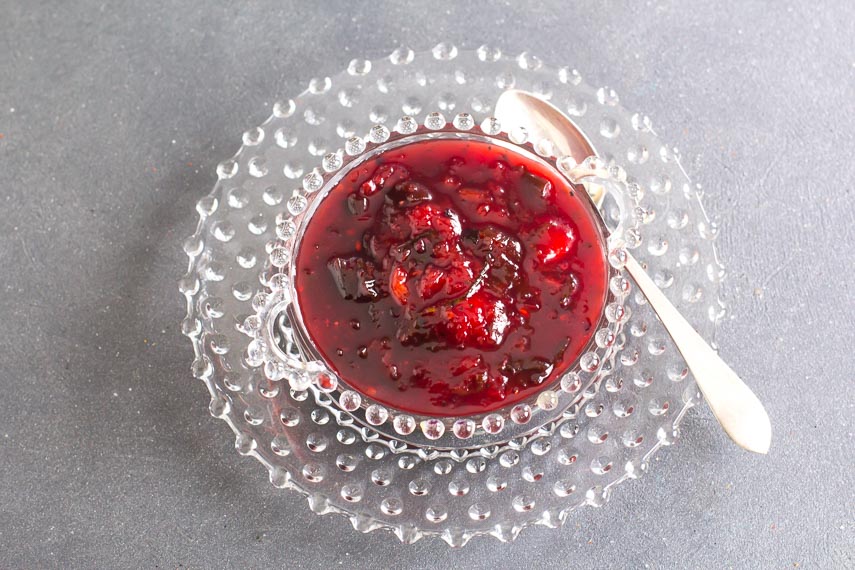
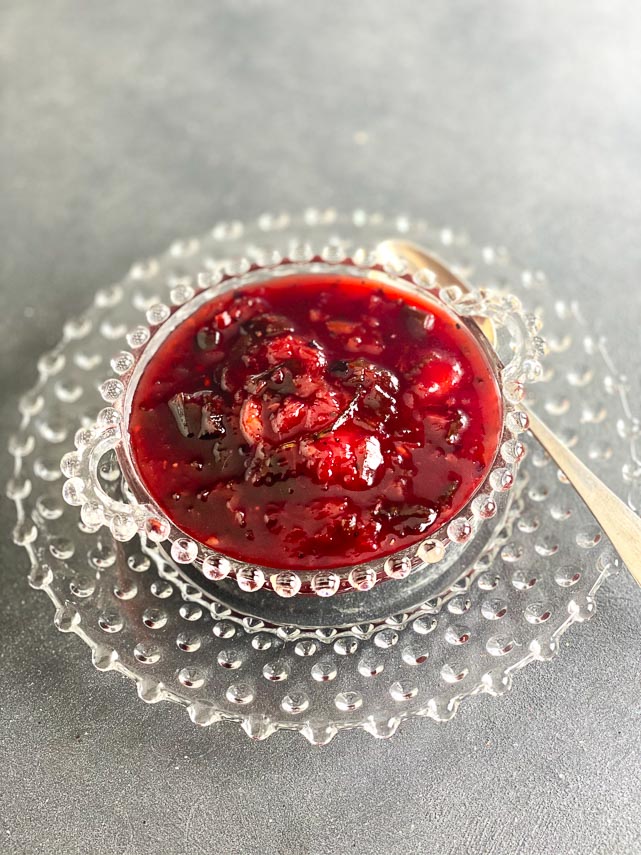
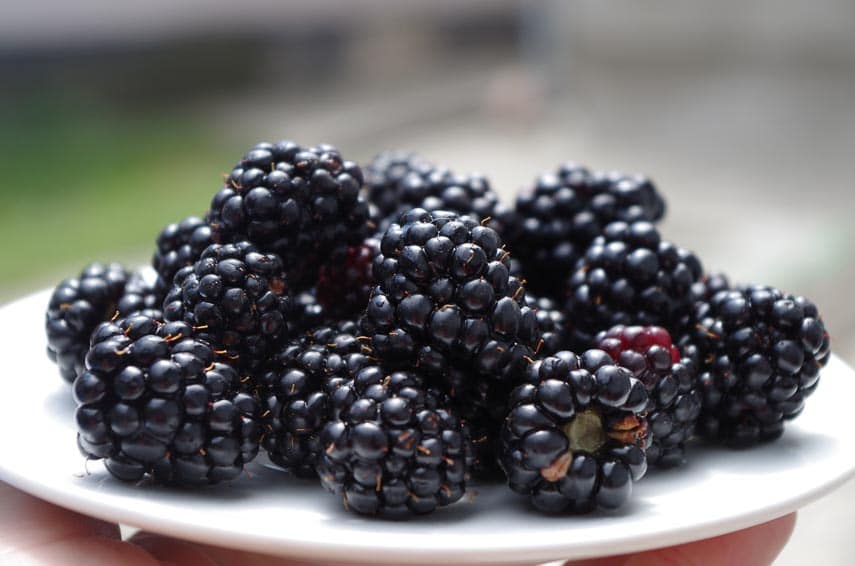
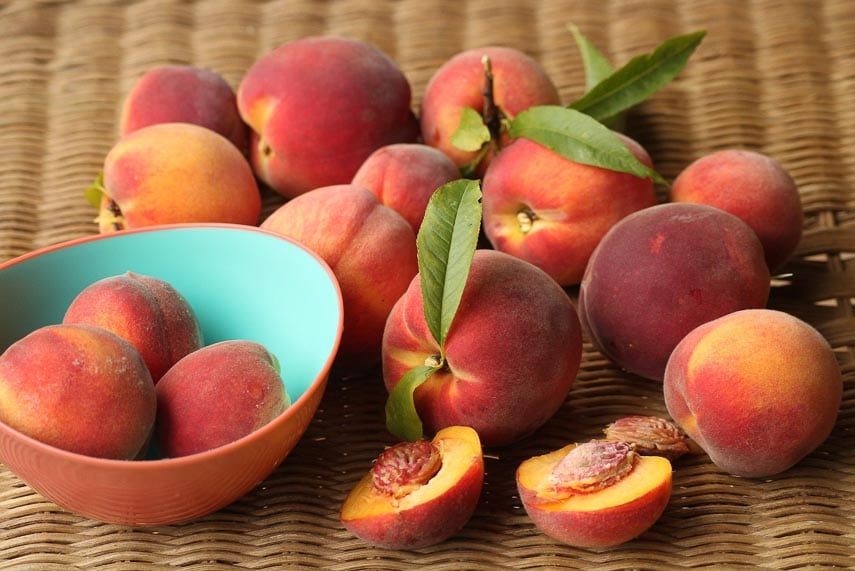
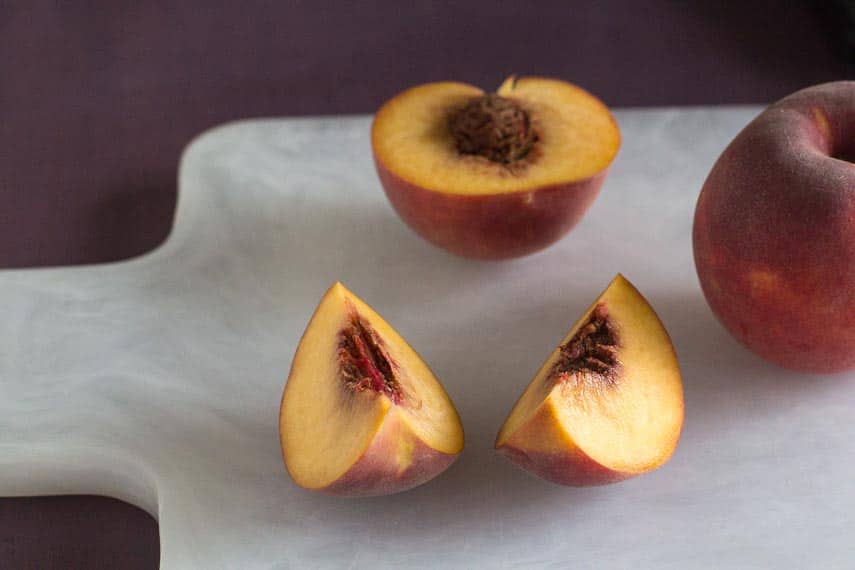
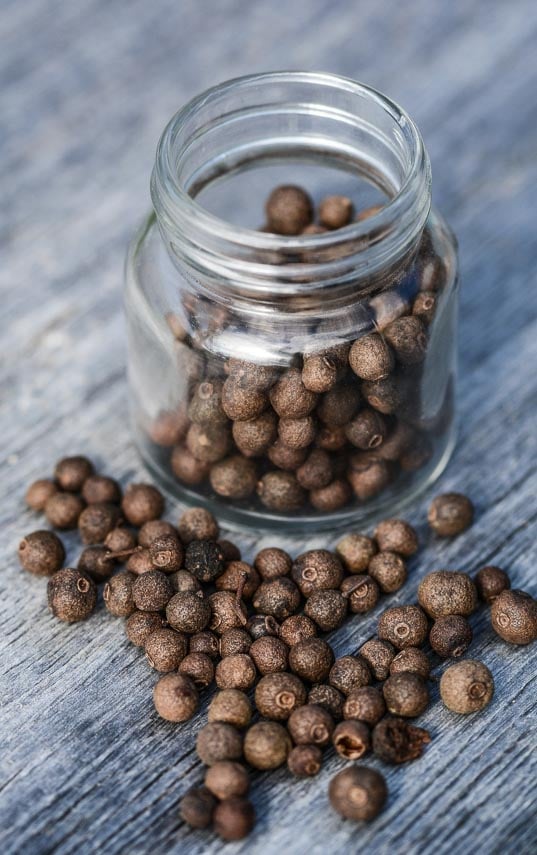
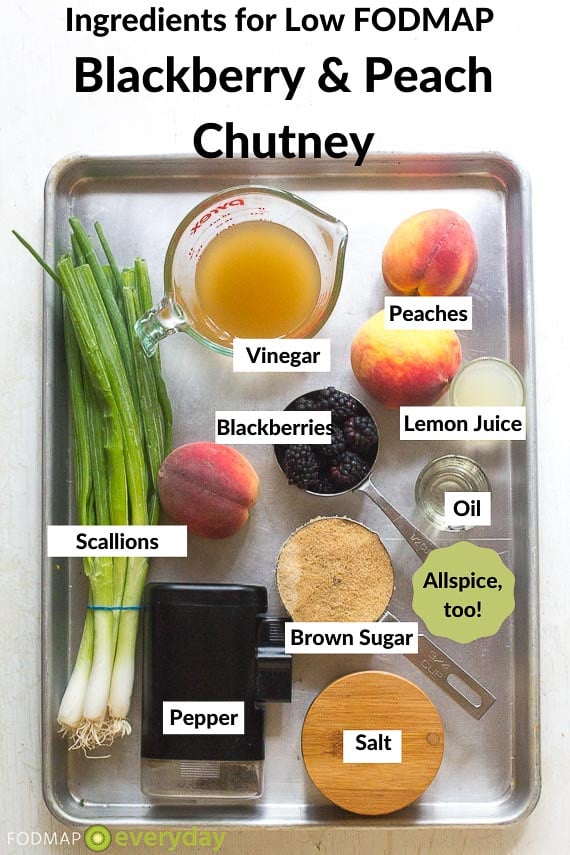
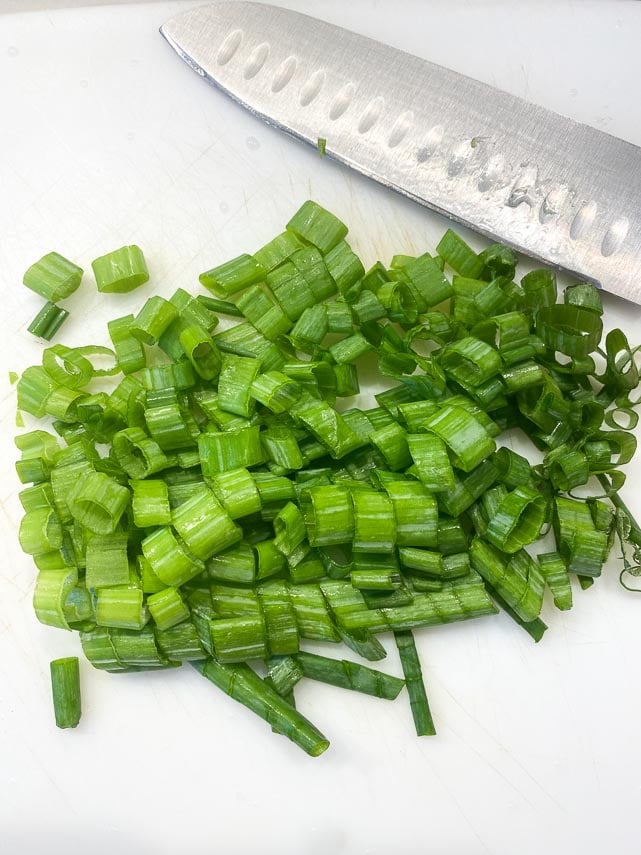
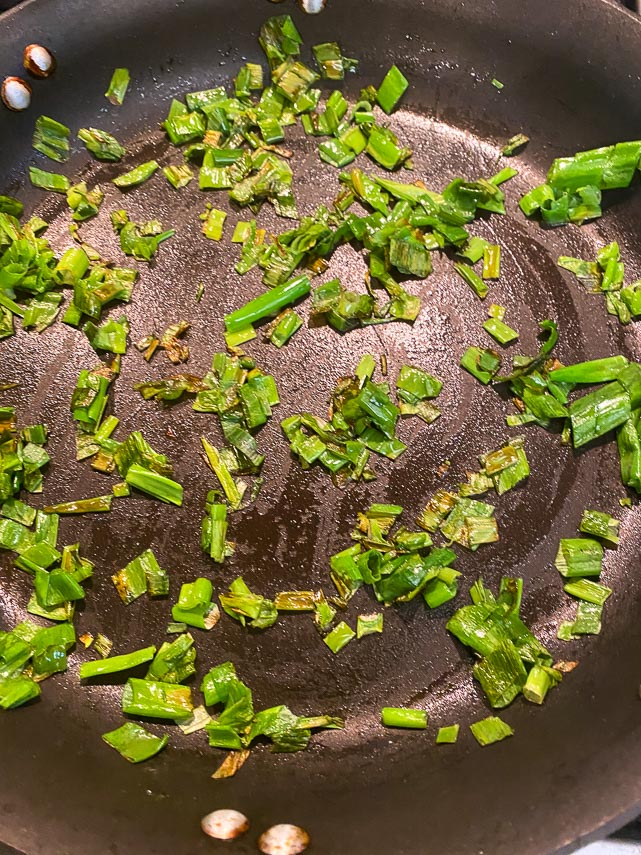
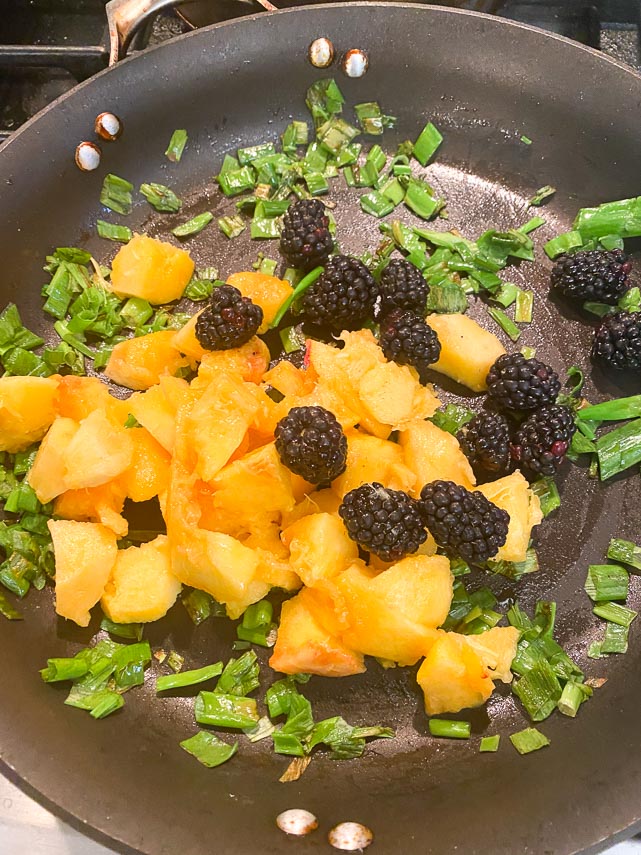
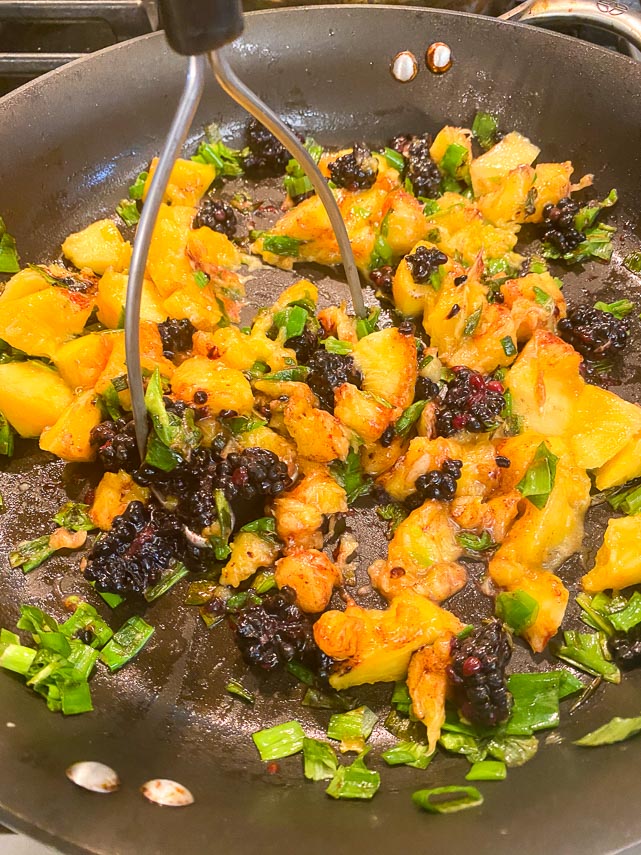
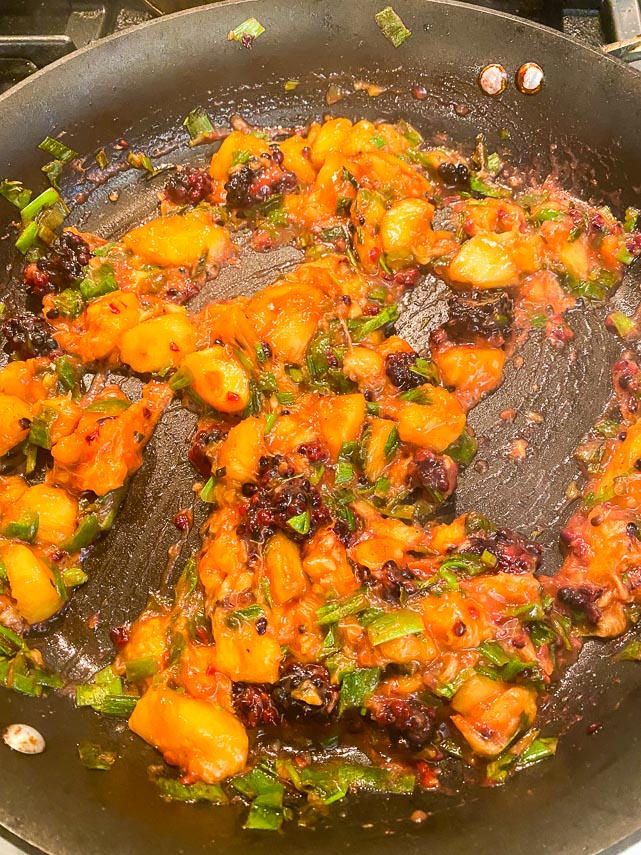
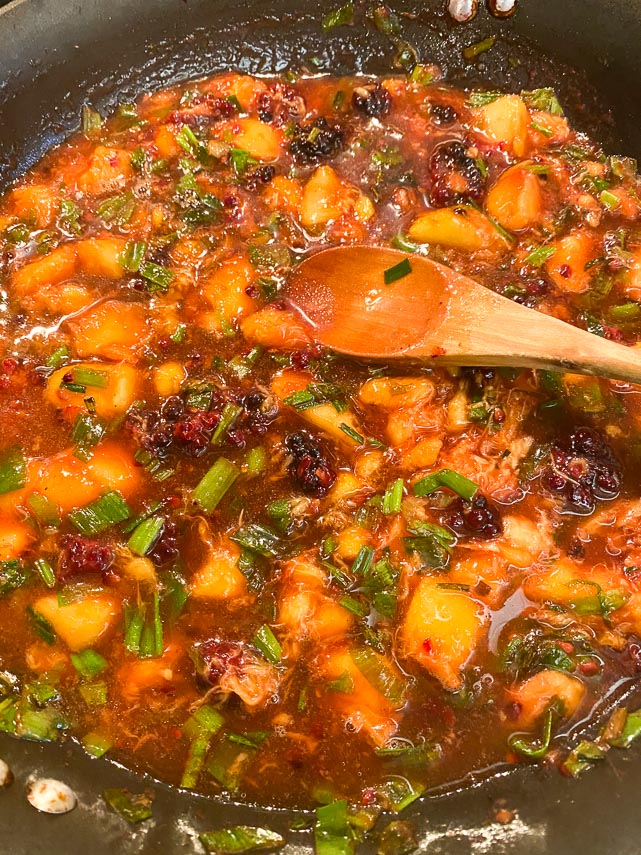
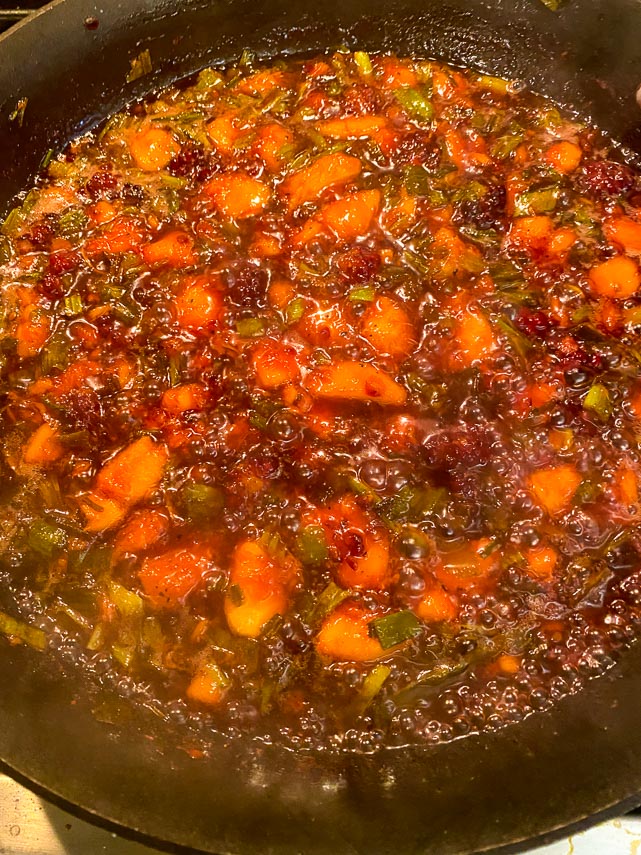
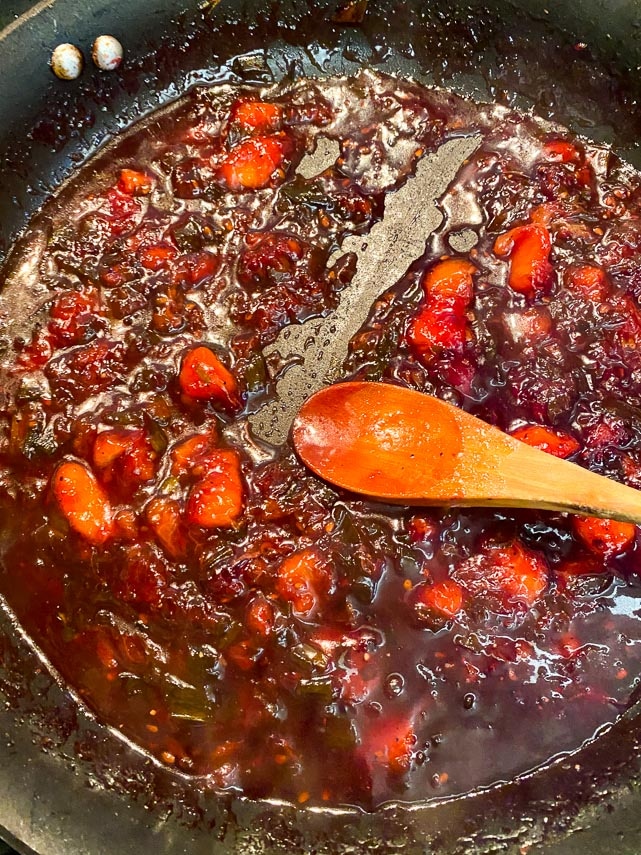
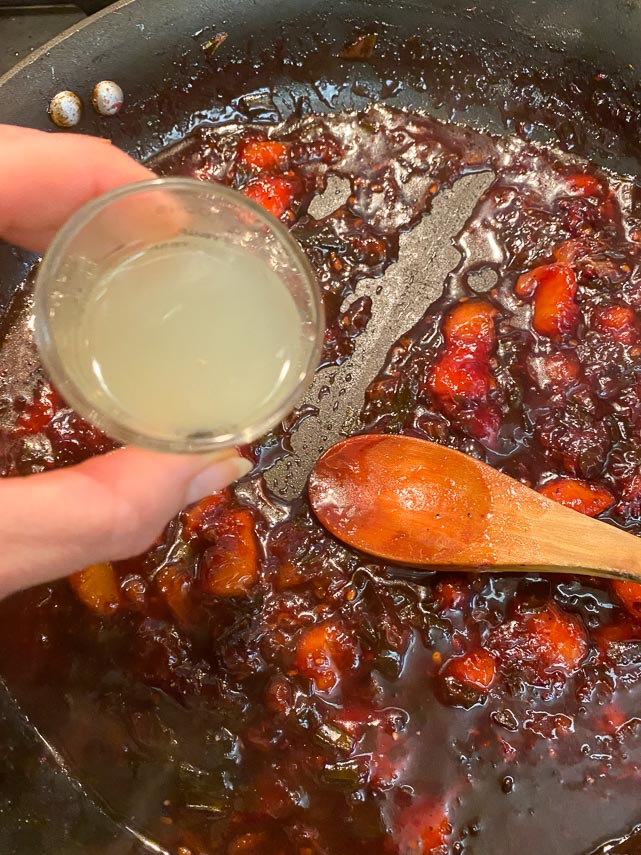
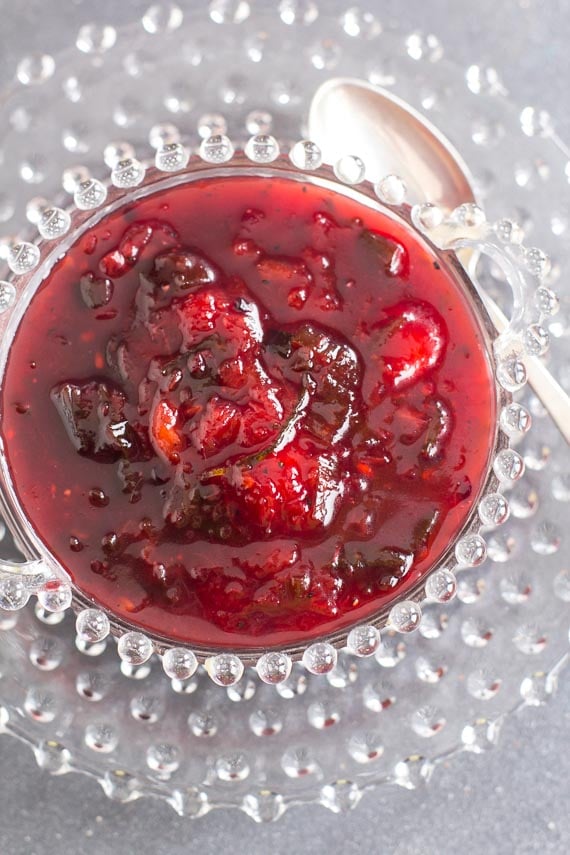
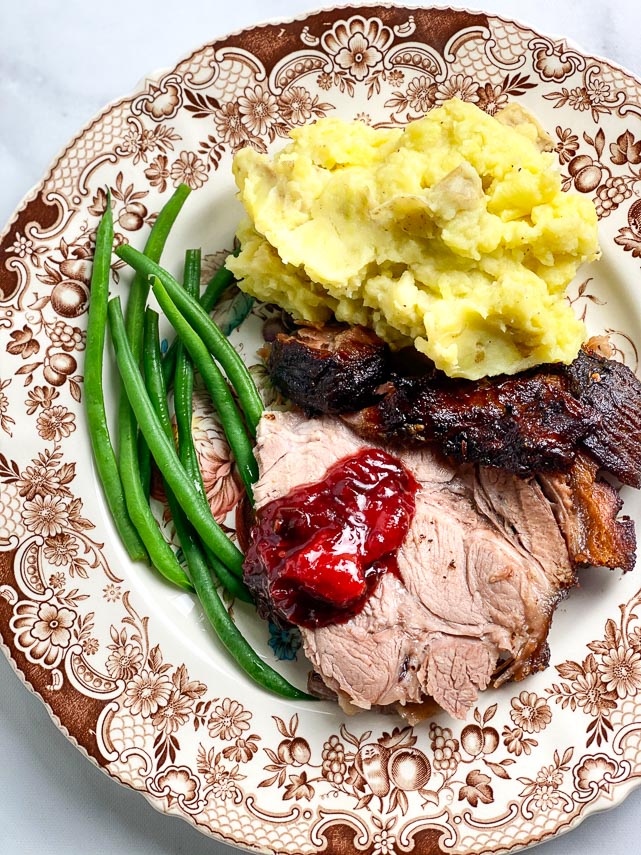
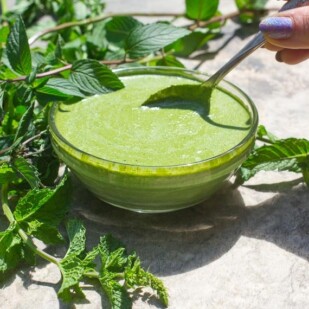
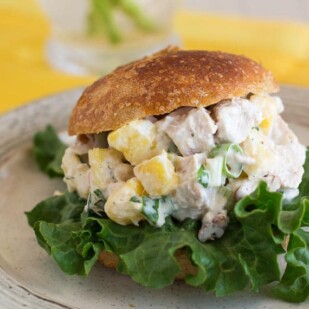



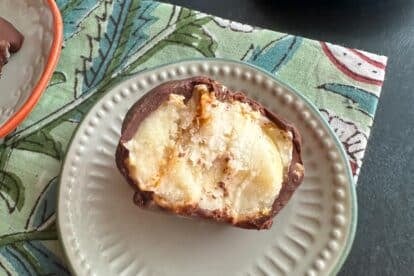

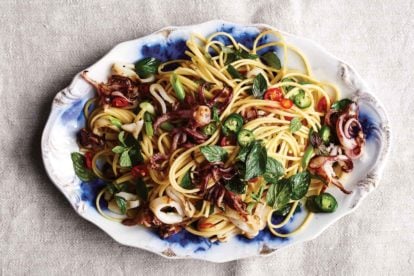
Love chutney!!